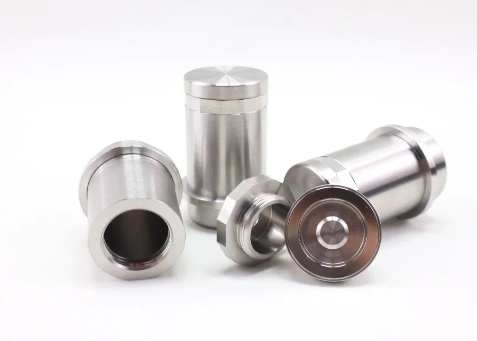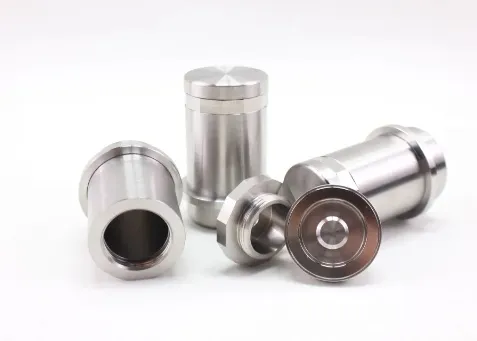The Guardian of Radiation Protection: Tungsten Alloy Shielding
In high technology industries like medical imaging, aerospace and defense, radiation protection goes beyond compliance. As radiological technologies evolve, the demand for more effective shielding materials grows. For decision-makers focused on both safety and sustainability, tungsten alloy is the clear choice.
What Makes Tungsten Alloy Shielding the Industry’s Top Choice
Exceptional Density and Protection Efficiency
Tungsten alloys boast a density of around 18.0 g/cm³. It’s nearly 60% higher than lead. This allows smaller and lighter shields to provide equal or greater protection.
Eco-Friendly Alternative to Lead
As environmental regulations rise, lead is becoming a less viable shielding material. Tungsten alloy is non-toxic and recyclable. It aligns perfectly with modern sustainability goals.
Strength and Durability
Tungsten alloy is exceptionally strong, resisting wear, corrosion and deformation even under extreme conditions. This means longer service life, lower maintenance costs, and greater reliability.
Precision Engineering
Tungsten alloys can be precisely machined for specialized uses like radiation shielding containers and collimators. Their high machinability allows seamless integration into complex designs, from compact diagnostic devices to massive nuclear containment systems.
Cost-Effectiveness Over the Long Term
While tungsten alloy has a higher upfront cost than lead, it delivers superior ROI through longevity, reduced maintenance, and lower disposal expenses. Companies that invest in tungsten shielding often see significant lifetime savings.

Applications Across Critical Industries
Medical and Healthcare
Used in X-ray and PET scan equipment, tungsten alloy shielding ensures patient and operator safety while maintaining clear imaging quality.
Aerospace and Defense
Tungsten alloy offers lightweight, high-density protection against cosmic rays and gamma radiation. It’s used in everything from spacecraft to radiation-hardened electronics.
Sports Fields
Tungsten alloy is used in golf clubs to adjust weight, improving balance and swing. In weightlifting and shot put, it enhances equipment weight for more effective training. In fishing, tungsten alloy is used in lures and sinkers to improve casting distance and sinking speed, enhancing precision and success.
Industrial NDT (Non-Destructive Testing)
Tungsten shielding helps protect personnel during gamma radiography or X-ray testing, where consistent protection is vital.
Frequently Asked Questions (FAQs) about Tungsten Alloy Shielding
1.Why is tungsten alloy preferred over lead for radiation shielding?
Because tungsten alloy offers equivalent or superior shielding performance in smaller volumes, while being non-toxic and environmentally friendly.
2.Is tungsten alloy shielding safe for long-term use?
Yes. It is chemically stable, corrosion-resistant, and non-reactive, ensuring long-term protection without degradation or contamination.
3.Can tungsten alloy be customized for specific industrial needs?
Absolutely. It can be precisely machined to meet custom shapes, sizes, and densities for unique applications.
4.Is tungsten alloy recyclable?
Yes. Tungsten alloys can be recycled without losing material integrity, supporting sustainability goals.
5.What industries benefit most from tungsten alloy shielding?
Key industries include medical imaging, nuclear energy, aerospace, defense, and non-destructive testing.
Tungsten alloy shielding is especially valuable in industries facing stricter regulations and higher performance standards. As technology evolves, companies that embrace materials like tungsten alloy will set the benchmark for protection and responsibility.

 EN
EN AR
AR FR
FR DE
DE HI
HI IT
IT JA
JA KO
KO PT
PT RU
RU ES
ES ID
ID LV
LV VI
VI HU
HU MS
MS GA
GA BE
BE YI
YI EU
EU


